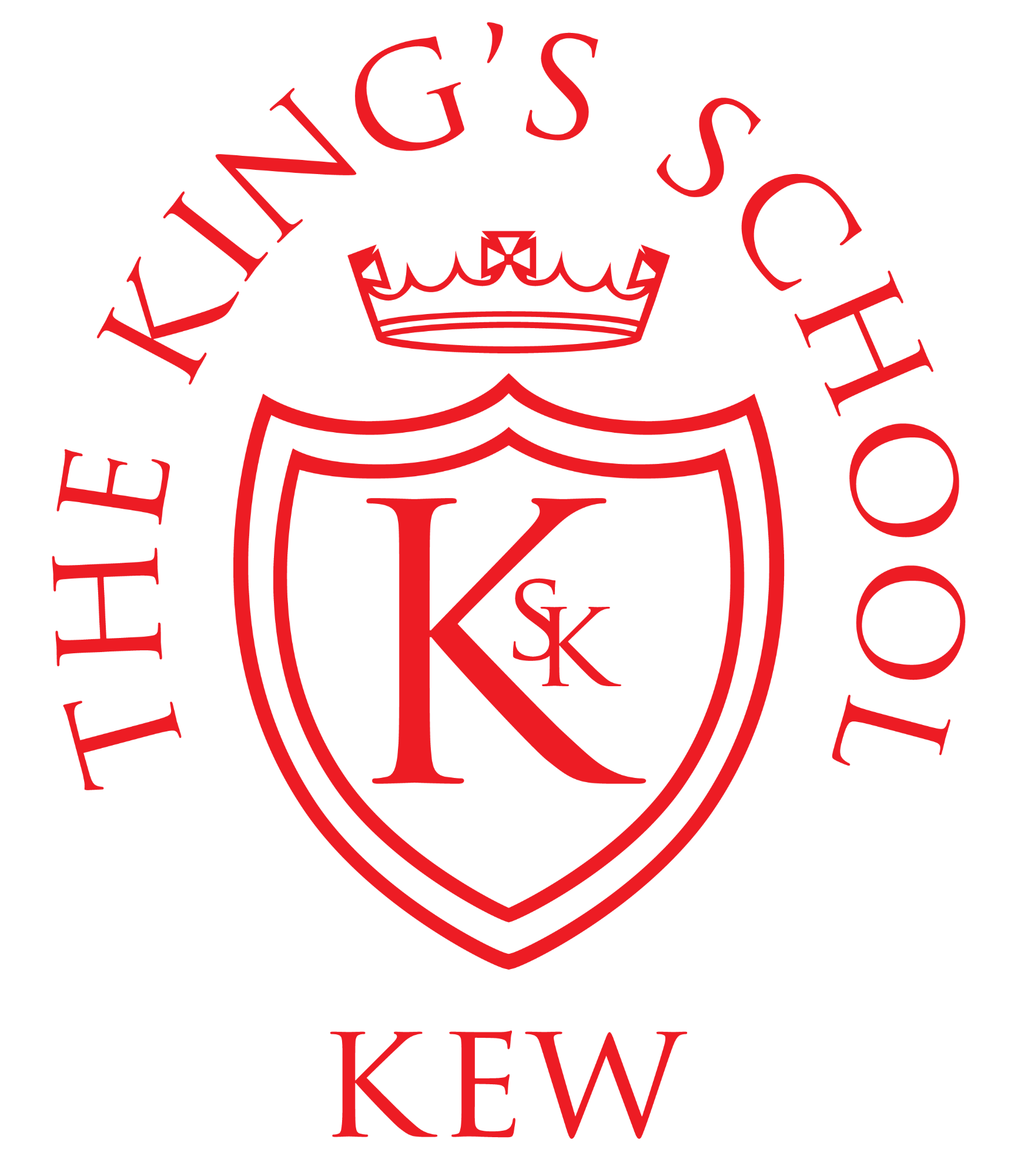Phonics & spelling
At The King’s School, we teach core phonics skills from Reception onwards.
Our aim is to give your child a sound understanding of phonics to enable them to become confident readers and writers as well as to prepare them for The Phonics Screening test completed in Year One.
The synthetic phonics scheme that underpins our teaching is the Jolly Phonics programme.
Phonics is taught daily in EYFS and Year One and as part of focused spelling sessions in Year Two and beyond, as required.
The Jolly Phonics approach uses kinaesthetic actions and stories to help the children to remember, recall and apply their learning. Using their rich selection of resources, teachers introduce the 42 letter sounds, alternative spellings of sounds and tricky words whilst developing children’s blending and segmenting skills. Teaching is systematic and progressive (and fun!) meaning that previously learnt knowledge is constantly revised, as new concepts are introduced and built upon.
Please click here to hear and see the sequence in which the main 42 sounds are taught.
Please refer to your child’s weekly sheet (in Reception) or homework (in Years One and Two) as a guide to where your child is in their phonics phase of learning. Progress is discussed during parents evening consultations.
Jolly phonics reading books are used to support and reinforce phonics learning and teaching. They introduce alternative ways of spelling the letter sounds, with each level progressively building on the words learned in the previous level. These books are given alongside ‘reading for pleasure books’ that focus on building comprehension, inference and retrieval skills, as well as a love of reading.
What is phonics?
Phonics is a way of teaching children to read and spell quickly and skilfully. It is the first strategy taught to help children learn to read and runs alongside other teaching methods (e.g. Guided Reading). Phonics enables children to develop key decoding skills that will lead them to gain a real love of reading as well as develop their writing skills.
During phonics lessons your child will be taught to:
- recognise the sound that each individual letter represents
- identify the sounds that different combinations of letters represent (e.g. ‘ch’ or ‘ai’)
- identify combinations of letters represent that represent the same sound (e.g. 'oi', 'oy')
- blend these sounds together from left to right to make a word
Words are made from small units of sounds called phonemes. Phonics teaches children to be able to listen carefully and identify the units of sound that make up each word.
For more information please follow the link to a Department of Education information for parents.
To find out more about phonics please see the videos explaining:
-
Segmenting and blending
-
Phonics Screening check
The documents below outline:
-
List of example words for each sound taught
-
Jolly Phonics Alternative Sounds List
-
Jolly Phonics Tricky Word List
-
Jolly Phonics Grammar Actions
-
Phonics Screen Check Parent Information
Glossary of Terms
In phonics lessons children are taught using the following terms.
Phoneme – The smallest unit of sound. There are approximately 44 phonemes in English (this can depend on your accent!). Phonemes can be put together to make a word.
Grapheme – This is a way of writing down a phoneme. Graphemes can be made from 1 letter e.g. p. 2 letters e.g. sh 3 letters e.g. tch or 4 letters e.g. ough.
Digraph – a grapheme containing 2 letters that makes 1 sound (phoneme) e.g. ch
Trigraph – a grapheme containing 3 letters that makes 1 sound (phoneme) e.g. igh
Oral Blending – This involves hearing phonemes and being able to merge them together to make a word. Children need to develop this skill before they will be able to blend written words.
Blending- This involves looking at a written word, looking at each grapheme and using knowledge of each sound to work out which phoneme each grapheme represents and then merging these phonemes together to make a word. This is the basis of reading.
Oral Segmenting - This is the act of hearing a whole word and then splitting it up into the phonemes that make it. Children need to develop this skill before they will be able to segment words to spell them.
Segmenting - This involves hearing a word, splitting it up into the phonemes that make it, using knowledge of GPCs to work out which graphemes represent those phonemes and then writing those graphemes down in the right order. This is the basis of spelling.
CVC word- This is a word with a consonant, vowel, consonant e.g. hot
Spelling
Once children are confident with phonics, teachers use the No Nonsense Spelling programme. The focus of this programme is on the teaching of spelling which embraces knowledge of spelling conventions - patterns and rules; but integral to the teaching is the opportunity to promote the learning of spellings, including statutory words, common exceptions and personal spellings (No Nonsense Spelling 2016).
Spelling is taught daily or at least four times a week. Click on the Spelling skills and progression document below to see what spellings your children are learning and when.
